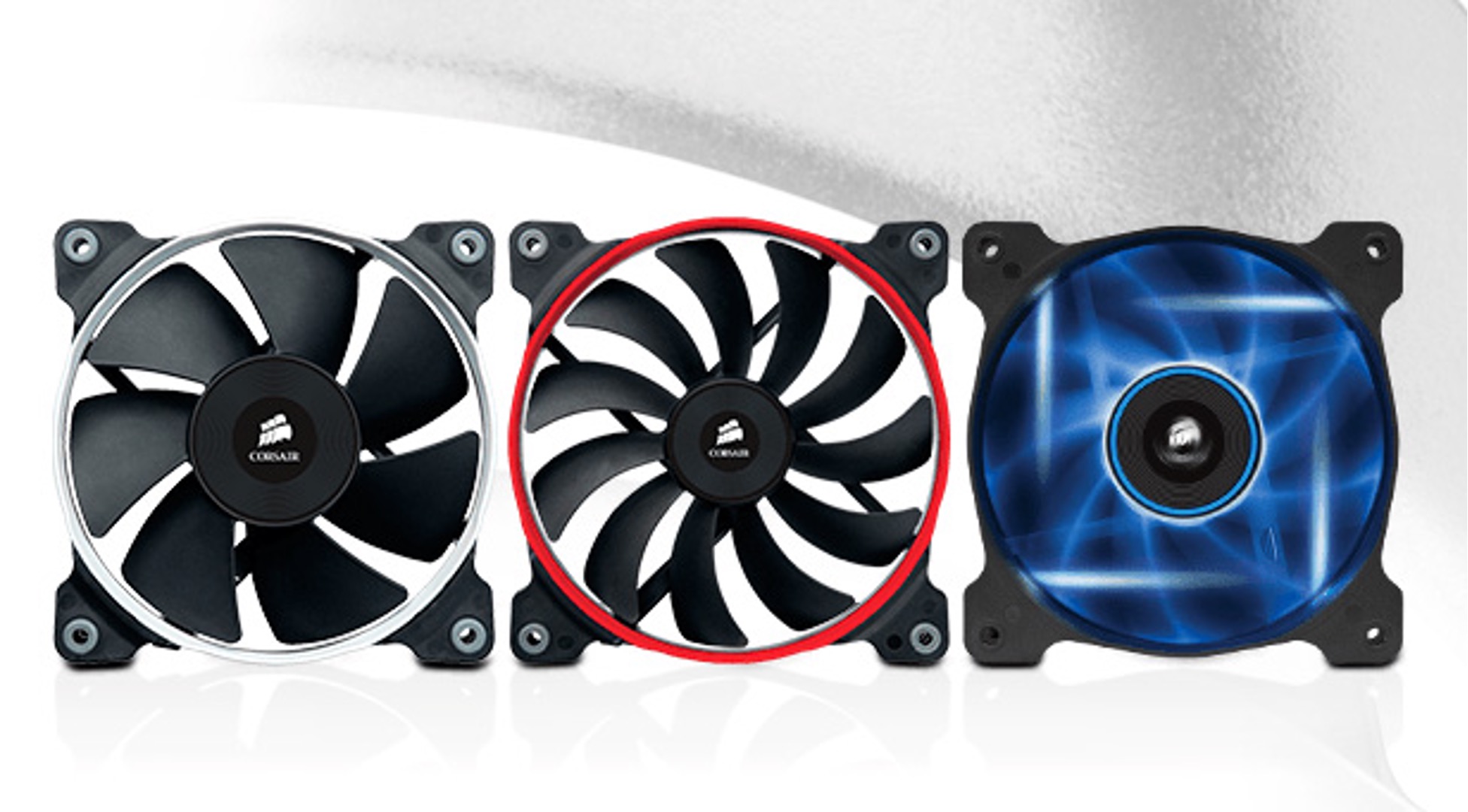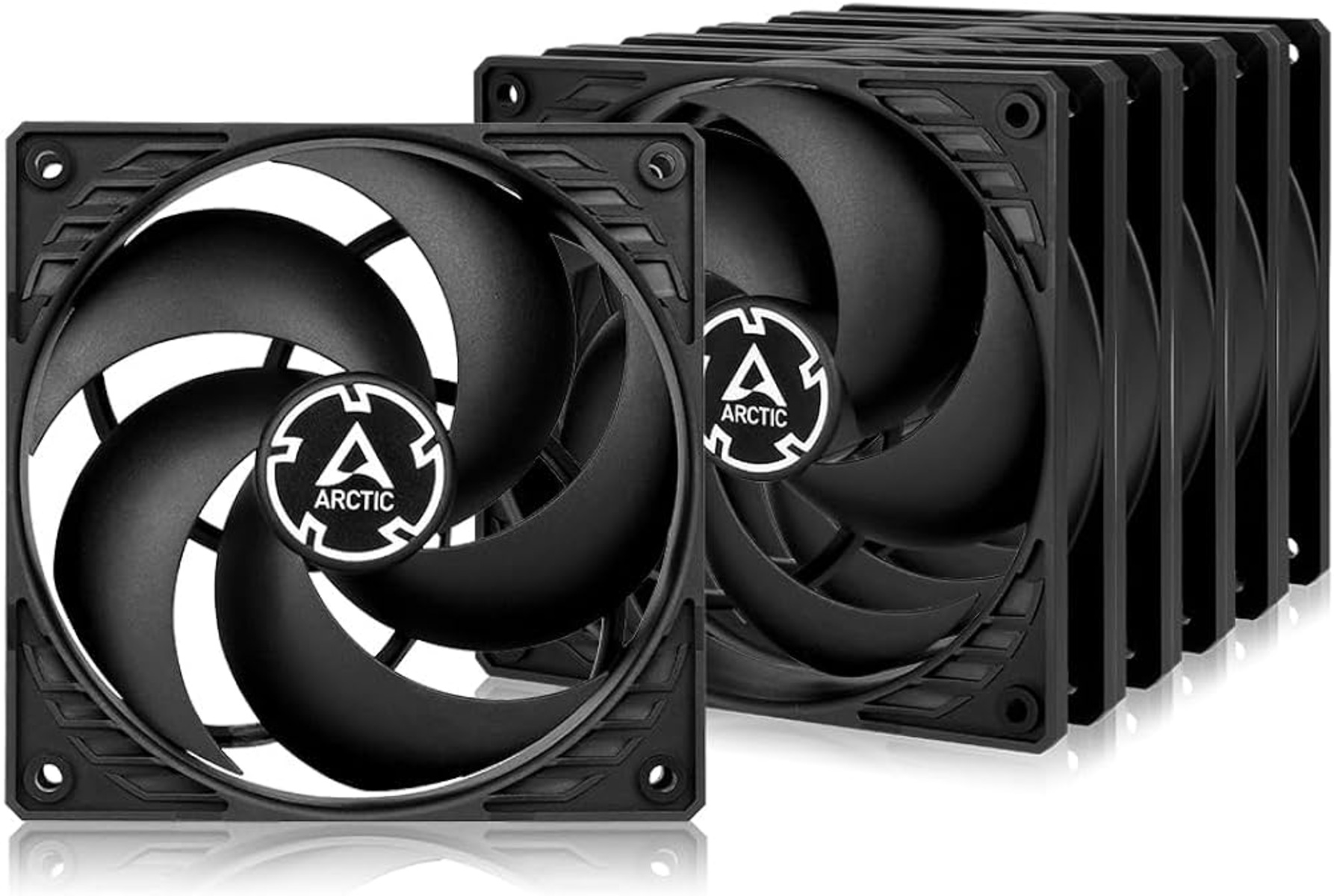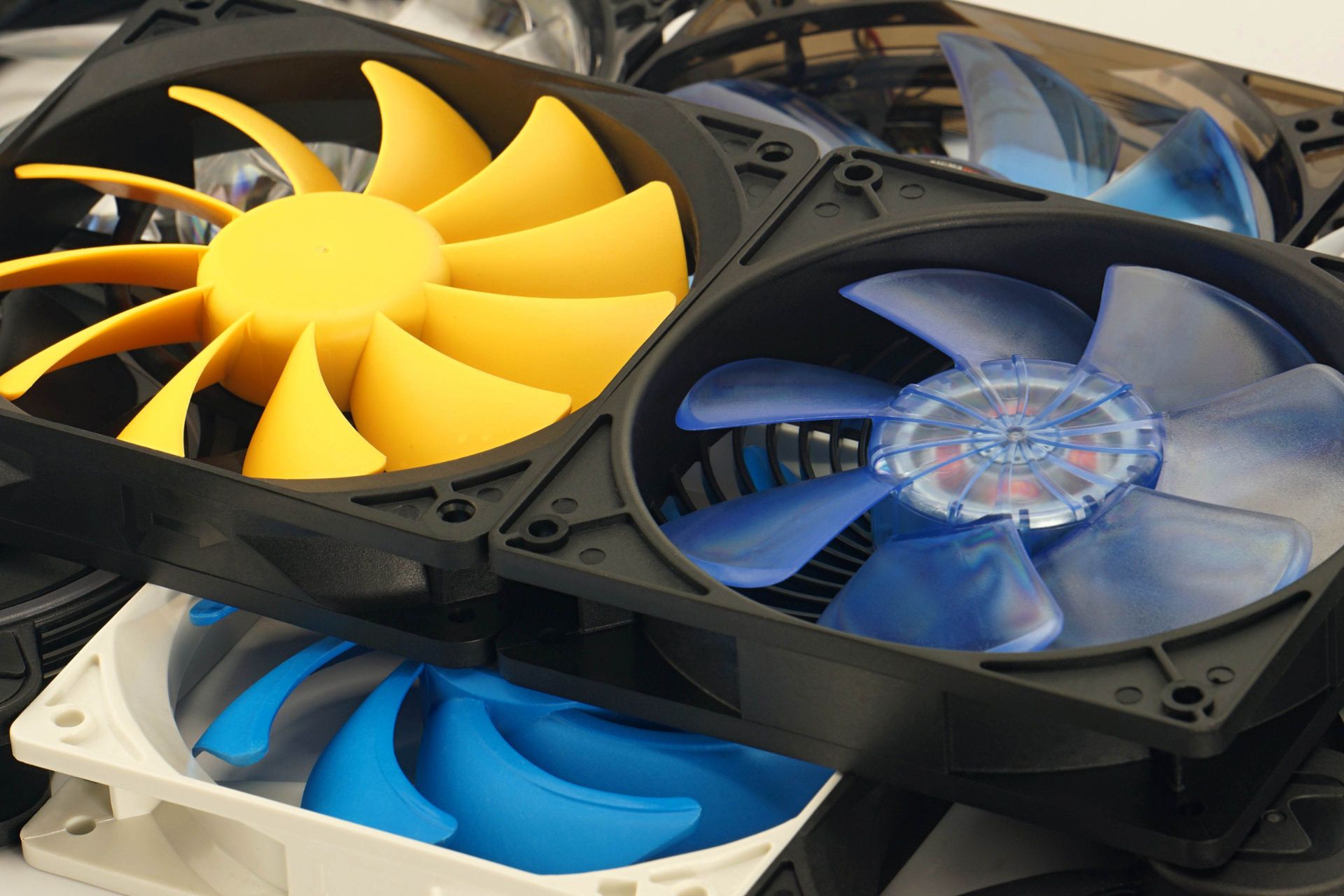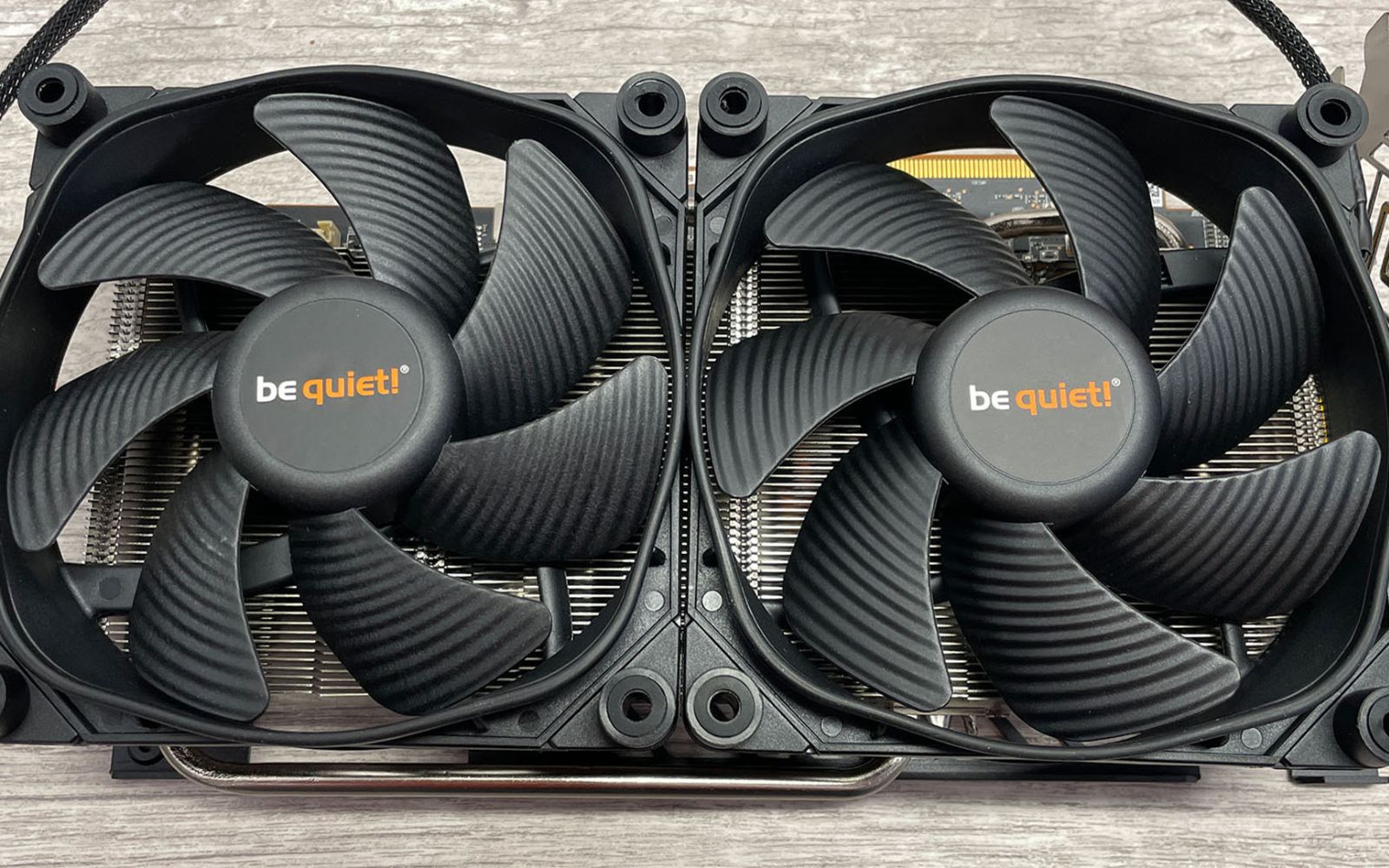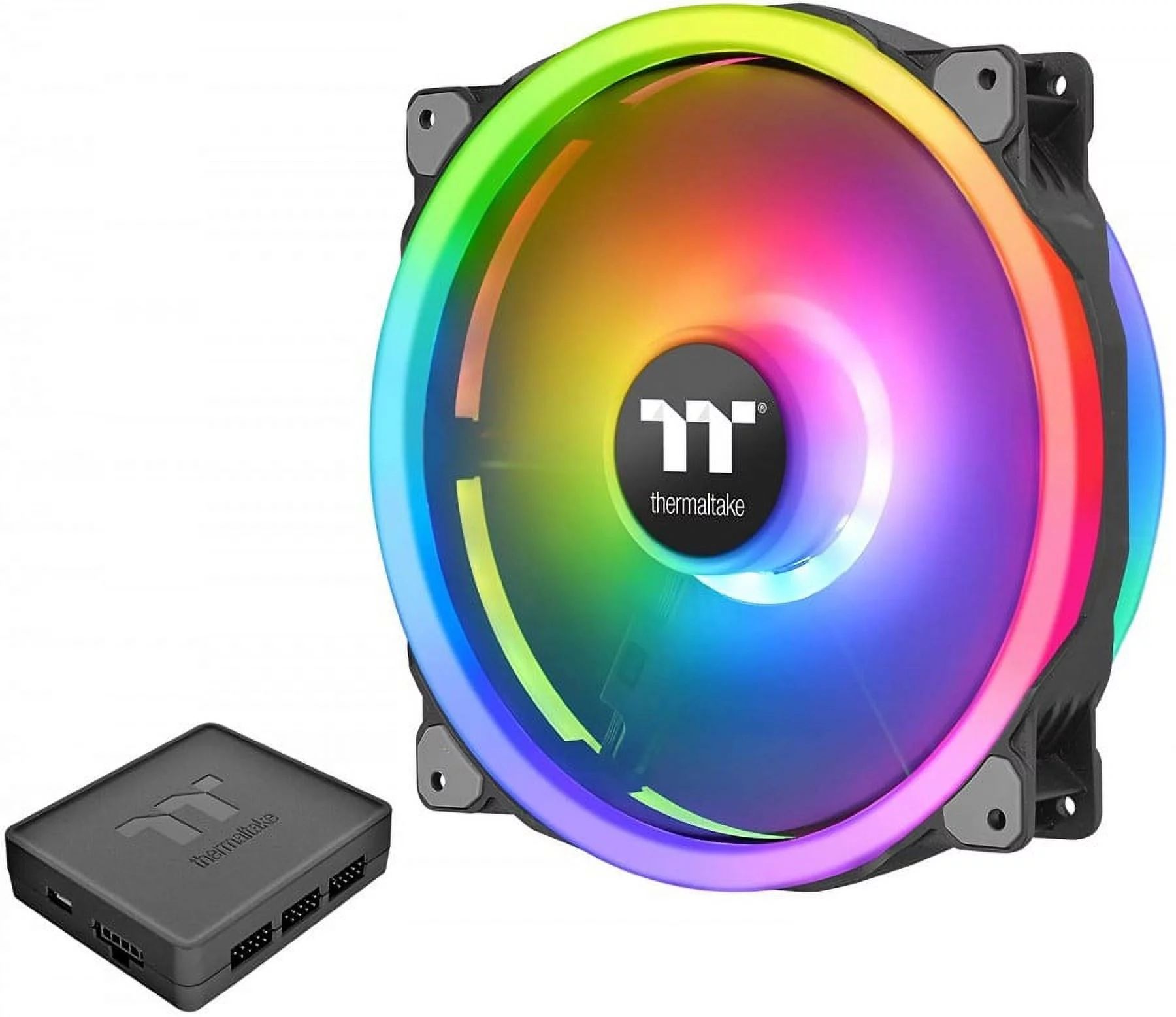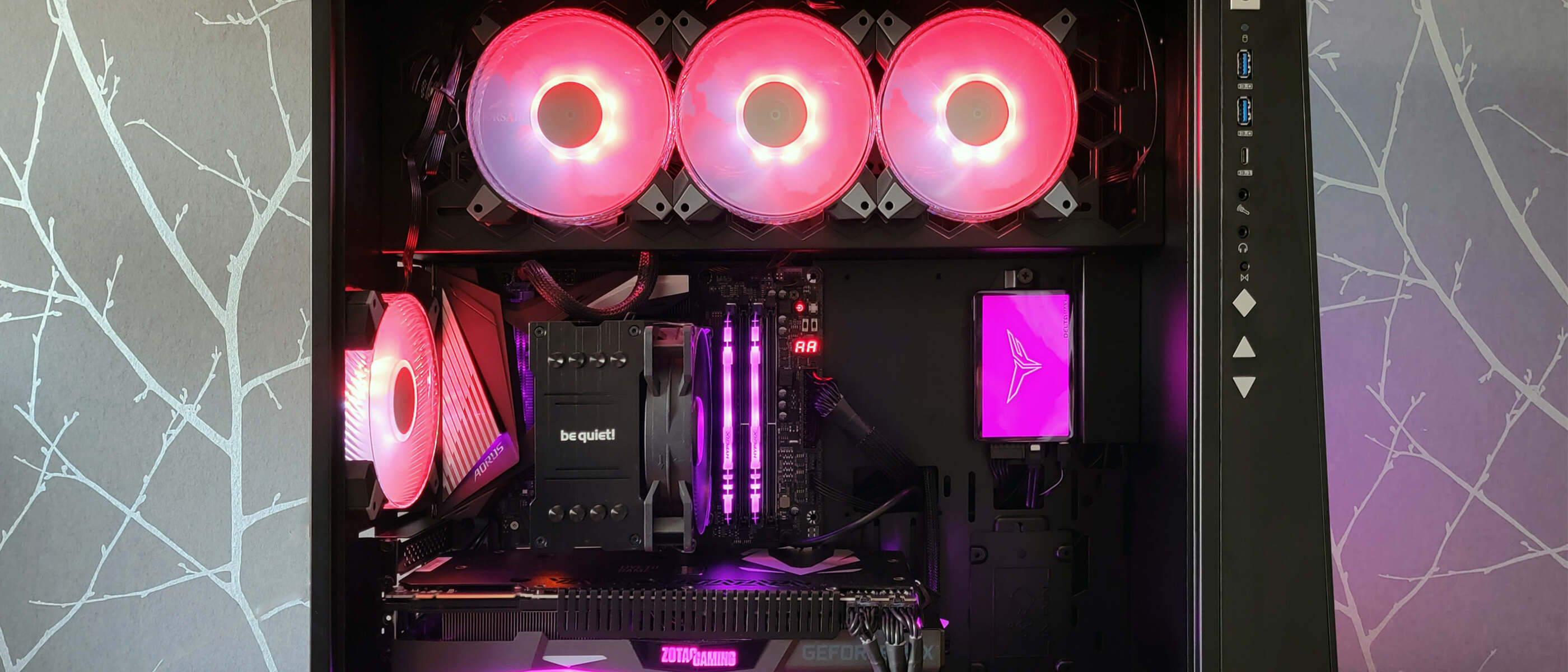Introduction
Welcome to our guide on case fan static pressure. If you’re a computer enthusiast or someone who wants to optimize the cooling system in your PC, understanding static pressure is crucial. In this article, we will explain what static pressure is, its importance in case fans, how it works, and factors that affect it. Armed with this knowledge, you’ll be able to choose the right case fan for your needs.
When it comes to cooling components in a computer case, two factors are essential: airflow and static pressure. While airflow refers to the volume of air moved by a fan, static pressure measures the ability of a fan to push air against resistance, such as heat sinks, radiators, and air filters.
Static pressure gained prominence with the increased complexity of PC building and the need to efficiently cool high-performance components. Case fans with high static pressure are crucial for maintaining optimal temperatures and preventing overheating.
Now, let’s delve into the details of static pressure and its significance in case fans.
Definition of Static Pressure
Before diving into the importance of static pressure in case fans, let’s define what it actually means. Static pressure, in simple terms, refers to the force exerted by a fluid (in this case, air) on its surroundings when it’s not in motion. In the context of case fans, static pressure measures the resistance that a fan can overcome to push air through restrictive components within a computer case.
In other words, static pressure determines how effectively a fan can move air through obstacles like heat sinks, radiators, and densely packed components. These obstacles create resistance and hinder the natural flow of air, making it crucial for case fans to have sufficient static pressure to overcome this resistance and maintain proper airflow.
Static pressure is typically measured in millimeters of water (mmH2O) or Pascals (Pa). The higher the static pressure rating of a fan, the better it can overcome resistance and maintain consistent airflow despite any obstacles it encounters.
It’s important to note that static pressure is different from airflow. While static pressure focuses on the force exerted to move air, airflow measures the volume of air a fan can move within a given time. Both factors are crucial for effective cooling, but they serve different purposes and are influenced by various factors.
Understanding the concept of static pressure is essential when choosing case fans for specific applications. Fans with high static pressure are ideal for setups that involve tight spaces, restrictive components, and situations where maintaining consistent airflow is crucial.
Importance in Case Fans
The importance of static pressure in case fans cannot be overstated. While airflow is important for overall cooling, static pressure plays a critical role in ensuring efficient and effective cooling in scenarios where airflow faces resistance.
One of the primary reasons static pressure is vital in case fans is the presence of various obstructions within a typical computer case. Heat sinks, radiators, and tightly packed components create obstacles that restrict airflow. Without sufficient static pressure, the airflow generated by a fan would struggle to overcome these obstacles, resulting in reduced cooling performance.
By having a case fan with high static pressure, you can ensure that air is forcefully directed through these obstructions, enhancing heat dissipation and preventing components from overheating. This is particularly important in applications such as gaming PCs and workstations, where powerful graphics cards and processors generate significant amounts of heat.
Furthermore, high static pressure case fans are crucial for setups that employ water-cooling solutions. Radiators, which are an essential part of water cooling systems, are designed to dissipate heat efficiently. However, they have dense fins that create resistance to airflow. Case fans with high static pressure can effectively push air through these fins, allowing for optimal cooling performance.
Another factor that highlights the importance of static pressure is the presence of dust filters. Dust can accumulate inside a computer case over time, leading to reduced cooling efficiency and increased risk of component damage. Case fans with high static pressure can overcome the resistance created by dust filters and maintain consistent airflow, reducing the amount of dust buildup and preserving the longevity of the system.
In summary, static pressure plays a crucial role in case fans by enabling the efficient movement of air through restrictive components in a computer case. By ensuring sufficient static pressure, you can optimize cooling performance, prevent overheating, and maintain the longevity of your PC components.
How Does Static Pressure Work?
To understand how static pressure works in case fans, it’s essential to grasp the concept of airflow resistance. Airflow encounters resistance when it needs to pass through obstacles like heat sinks, radiators, or dust filters within a computer case. This resistance impedes the natural flow of air, requiring the fan to exert additional force to maintain proper airflow.
Case fans with high static pressure are specifically designed to excel in overcoming this resistance and maintaining consistent airflow. They achieve this by focusing the force of airflow in a concentrated area, allowing it to push through the obstacles more effectively.
The design of high static pressure fans includes features such as wider and stiffer fan blades, as well as increased curvature or added fins. These design elements optimize the airflow pattern and increase the pressure generated by the fan. As a result, the fan can generate enough force to break through the resistance and maintain a steady flow of air.
When a high static pressure fan is operating, the increased pressure it creates ensures that the air is directed towards the specific areas where cooling is needed most, such as heat-generating components or radiators. By directing the airflow efficiently, high static pressure fans can maximize the cooling potential of these components, ensuring optimal performance while maintaining lower temperatures.
It’s important to note that while high static pressure fans are excellent at overcoming resistance, they may not be as effective in scenarios where obstacles are minimal or non-existent. In such cases, fans with high airflow, which prioritize moving larger volumes of air, may be more suitable.
In summary, static pressure in case fans works by generating concentrated airflow to overcome resistance caused by obstacles within the computer case. High static pressure fans are designed to focus the force of airflow, ensuring effective cooling in scenarios where obstacles like heat sinks, radiators, or dust filters are present.
Factors Affecting Static Pressure
Several factors can influence the static pressure capabilities of case fans. Understanding these factors is crucial when choosing the right fan for your specific needs and ensuring optimal cooling performance.
1. Fan Design: The design of the fan plays a significant role in its static pressure performance. Fans with broader and stiffer blades, increased curvature, or additional fins are typically designed to generate higher static pressure. These design elements help to focus and direct the airflow effectively, enabling it to overcome resistance and maintain consistent airflow.
2. Fan Speed: The speed at which a fan operates can impact its static pressure. In general, higher fan speeds result in increased static pressure. However, it’s important to strike a balance between static pressure and noise levels, as higher speeds can often lead to louder operation.
3. Fan Size: The size of the fan can also affect static pressure. Larger fans, with a greater surface area and larger blades, can typically generate higher static pressure compared to smaller fans. However, the available space within the computer case should also be considered when selecting fan sizes.
4. Obstacle Density: The density and type of obstacles within the computer case can significantly impact the static pressure requirements. If your case has multiple heat sinks, densely packed components, or restrictive radiators, fans with higher static pressure capabilities are necessary to ensure proper airflow through these obstacles.
5. Fan Positioning: The placement of case fans can also affect static pressure. Fans in close proximity to obstacles or components that require extra cooling, such as CPUs or GPUs, will need higher static pressure to maintain efficient airflow. Placing fans strategically to target specific areas can help optimize cooling performance.
6. Fan Configuration: The configuration of multiple fans within the computer case can have an impact on static pressure. Fans arranged in a push-pull configuration, with one fan pushing air and the other pulling it, can increase static pressure by effectively forcing air through obstacles.
It’s important to note that these factors don’t work in isolation but interact with each other. A combination of factors can contribute to overall static pressure performance. Therefore, it’s crucial to consider each factor in conjunction with your specific cooling requirements and the setup of your computer case.
High Static Pressure vs. High Airflow Fans
When it comes to case fans, there are two primary categories to consider: high static pressure fans and high airflow fans. Understanding the differences between these two types is crucial in determining which fan is best suited for your specific cooling needs.
High static pressure fans, as discussed earlier, are specifically designed to overcome resistance and push air through obstacles within a computer case. They excel in scenarios where there are heat sinks, radiators, dust filters, or densely packed components that hinder natural airflow. With their focused airflow and ability to maintain consistent pressure, high static pressure fans are ideal for providing efficient cooling in such situations.
On the other hand, high airflow fans prioritize moving larger volumes of air throughout the case without encountering significant obstacles. These fans are optimized for situations where the case has minimal restrictions and the primary concern is ventilating the system as a whole. High airflow fans are particularly suitable for cases with ample space, fewer obstructions, and a need for general airflow to maintain overall system temperature.
The choice between high static pressure and high airflow fans depends primarily on your specific setup and cooling requirements. Here are a few key considerations:
1. Obstacles: If your case has numerous obstacles like heat sinks, radiators, or dust filters, high static pressure fans are recommended. These fans can effectively overcome resistance and maintain proper airflow through these obstructions.
2. Tight Spaces: In cases with limited space or tight configurations, high static pressure fans are usually the better choice. They excel in compact setups by providing focused airflow to critical components, ensuring efficient cooling performance.
3. Water Cooling: If you’re employing a water cooling system with radiators, high static pressure fans are essential. These fans can effectively push air through the dense fins of the radiators, maximizing cooling efficiency.
4. General Ventilation: For cases with ample space and fewer obstacles, high airflow fans may be more suitable. These fans prioritize overall ventilation and can provide sufficient cooling for the system as a whole.
It’s worth noting that some fans on the market offer a balance between high static pressure and high airflow, making them versatile options for a wide range of scenarios. These fans strike a compromise between the two categories and are designed to provide a good balance between overcoming resistance and providing general ventilation.
Ultimately, the choice between high static pressure and high airflow fans depends on the specific layout of your computer case and your cooling requirements. Evaluating the presence of obstacles, available space, and overall ventilation needs will help you make an informed decision that optimizes cooling performance in your system.
Choosing the Right Case Fan for Your Needs
When it comes to selecting a case fan, it’s crucial to consider your specific cooling requirements, the layout of your computer case, and the components you’re looking to cool. Here are some key factors to consider when choosing the right case fan:
1. Static Pressure Requirement: Assess the presence of obstacles within your computer case, such as heat sinks, radiators, or dust filters. If your setup involves these components, opt for fans with high static pressure capabilities to ensure proper airflow and cooling performance.
2. Size Compatibility: Consider the available space within your computer case. Ensure that the selected fan size is compatible with the available mounting locations. Common sizes include 120mm and 140mm, but make sure to check your case’s specifications for the sizes that will fit.
3. Noise Levels: Take into account the noise levels produced by the fan. Fans with higher speeds and static pressure capabilities may generate more noise. Consider fans that strike a balance between performance and noise, or look for fans specifically designed with noise reduction features.
4. Fan Speed: Evaluate the desired fan speed. Higher speeds generally result in increased airflow and static pressure but can also lead to louder operation. Strive to find a fan speed that provides the right balance between cooling performance and noise levels.
5. Airflow Needs: Determine whether your setup requires focused airflow to specific components or general ventilation for the entire system. If you have fewer obstacles and ample space, high airflow fans may be more suitable. For setups with obstacles or water cooling, high static pressure fans are recommended.
6. Budget Considerations: Set a budget for your case fans. While more advanced fans with higher static pressure capabilities may come at a higher price point, there are options available at various price levels. Consider your cooling needs and budget to find the right fan that meets your requirements.
7. Brand and Reviews: Look for reputable brands known for producing reliable and high-quality fans. Read reviews and consider the experiences of other users to gain insight into the performance and longevity of the fans you’re considering.
By considering these factors, you can make an informed decision when choosing the right case fan for your needs. Remember that a good balance between static pressure, airflow, noise levels, and size compatibility is crucial for optimal cooling performance and system longevity.
Conclusion
Understanding the concept of static pressure and its importance in case fans is essential for anyone looking to optimize their computer’s cooling system. Static pressure plays a crucial role in ensuring efficient airflow through obstacles such as heat sinks, radiators, and dust filters, preventing overheating and maintaining optimal performance.
When selecting case fans, it’s important to consider factors such as static pressure requirements, fan size compatibility, noise levels, airflow needs, budget, and brand reputation. High static pressure fans are ideal for setups with numerous obstacles and tight spaces, while high airflow fans are suitable for cases with fewer obstructions and a need for general ventilation.
Remember to strike a balance between static pressure, airflow, and noise levels to achieve the optimal cooling performance for your specific system. Reading reviews and considering reputable brands can provide valuable insight into the performance and reliability of different case fan options.
By choosing the right case fan for your needs, you can ensure that your components stay cool, extend their lifespan, and maintain optimal performance. Whether you’re a gamer, a PC enthusiast, or simply want to ensure that your computer runs smoothly, understanding and prioritizing static pressure in case fans is key to achieving effective and efficient cooling.







